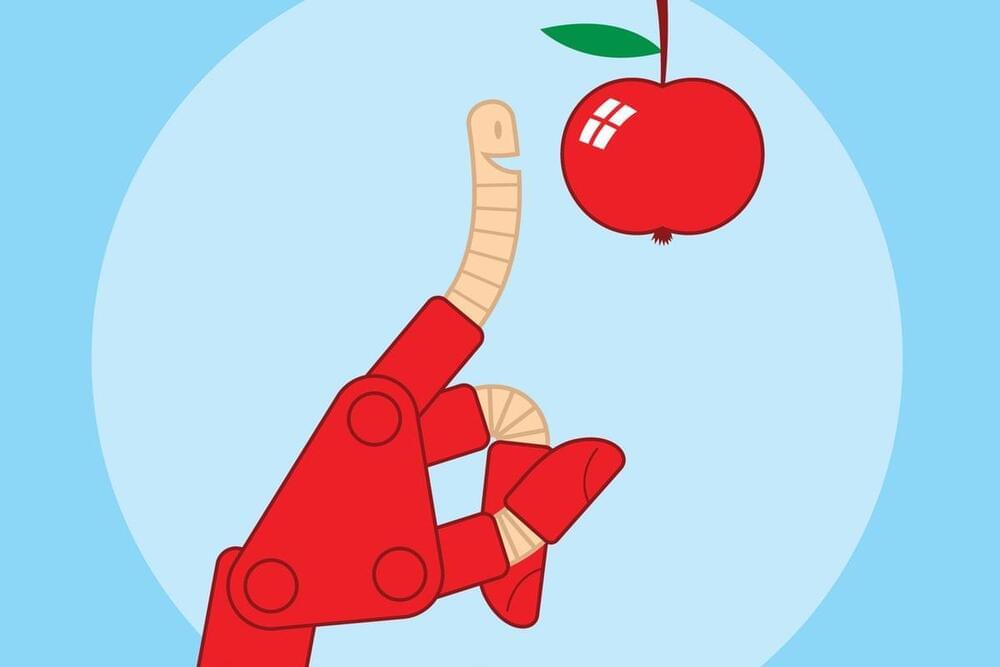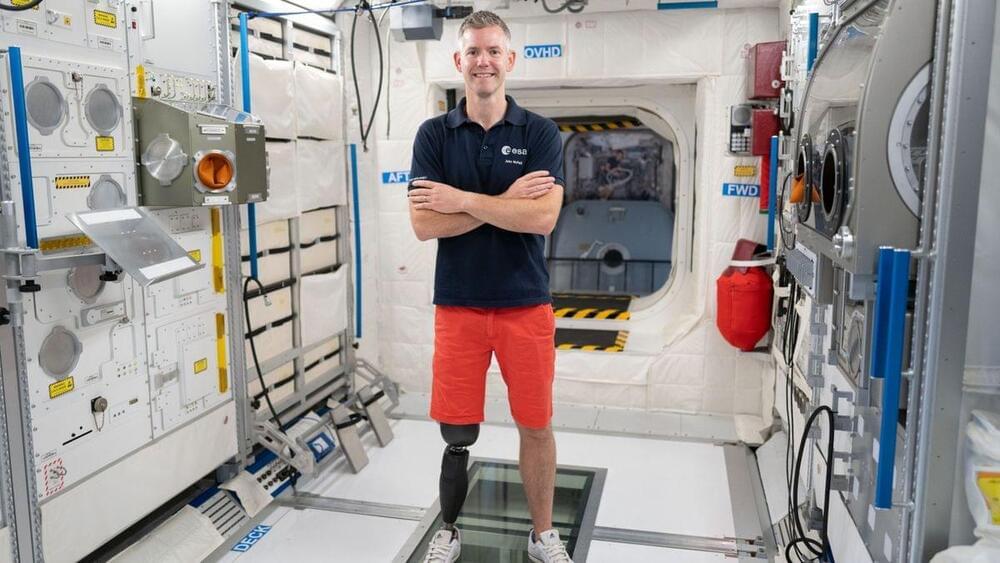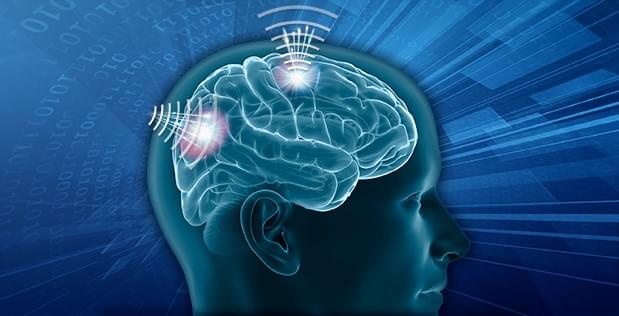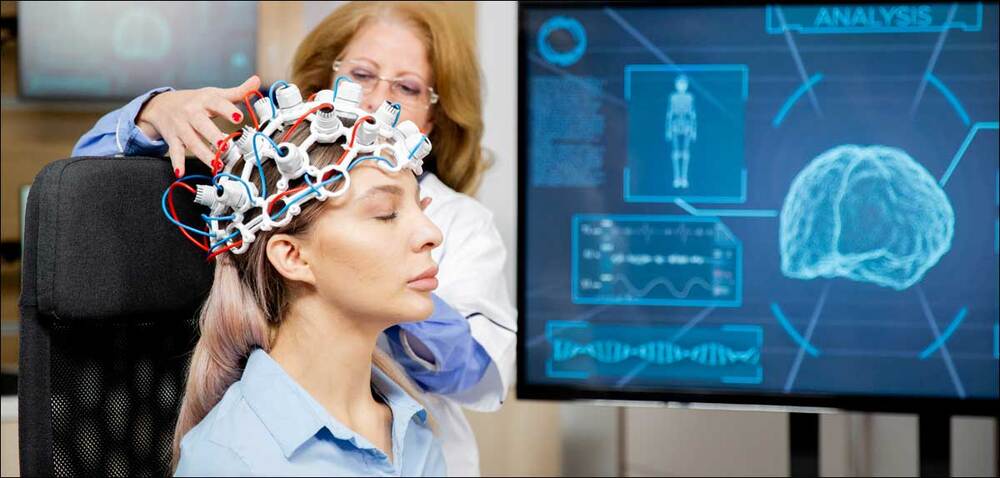Archive for the ‘cyborgs’ category: Page 3
Sep 8, 2024
#Cyborg #Beat #808 #Robot #Rythm #Cat #Animation #Music #In #Detroitrobotics #Robotics #Breakdancemusic #Mechanical #Bostondynamics
Posted by Dan Breeden in categories: cyborgs, media & arts, robotics/AI
Sep 2, 2024
Will artificial intelligence save us or kill us? | Us & Them | DW Documentary
Posted by Mario Acosta in categories: biotech/medical, cyborgs, education, existential risks, life extension, robotics/AI

Will artificial intelligence save us or kill us all? In Japan, AI-driven technology promises better lives for an aging population. But researchers in Silicon Valley are warning of untamable forces being unleashed– and even human extinction.
Will artificial intelligence make life better for humans or lead to our downfall? As developers race toward implementing AI in every aspect of our lives, it is already showing promise in areas like medicine. But what if it is used for nefarious purposes?
Continue reading “Will artificial intelligence save us or kill us? | Us & Them | DW Documentary” »
Aug 29, 2024
Para-astronaut John McFall hopes to see an ISS astronaut with a disability fly by 2030 (exclusive, video)
Posted by Liliana Alfair in categories: biotech/medical, cyborgs, health
Astronaut John McFall hopes to see an ISS astronaut with a disability fly by 2030 — video.
A European Space Agency (ESA) reserve astronaut, McFall was selected for the program in 2022 based on his experience as a trauma and orthopedic specialist, surgeon and exercise scientist. McFall also has lived experience with a disability as he has used prosthetics regularly since the amputation of his right leg at age 19, following a motorcycle accident. (He even won a bronze medal in the 2008 Paralympics in the 100-meter sprint, class T42.)
A recent study dubbed “Fly!” — in which McFall played a key role — found there would be no major issues to International Space Station missions should an astronaut use a prosthesis on board. There is more work to be done, but the goal is for it all to culminate in flying “someone with a physical disability” to the ISS, McFall told Space.com in an exclusive interview on Aug. 8. “By the end of this decade, hopefully that would have happened.”
Aug 26, 2024
Nonsurgical Neural Interfaces Could Significantly Expand Use of Neurotechnology
Posted by Dan Breeden in categories: bioengineering, biotech/medical, computing, cyborgs, internet, nanotechnology, neuroscience
Noninvasive braincomputer interfaces could vastly improve brain computer control.
Over the past two decades, the international biomedical research community has demonstrated increasingly sophisticated ways to allow a person’s brain to communicate with a device, allowing breakthroughs aimed at improving quality of life, such as access to computers and the internet, and more recently control of a prosthetic limb. DARPA has been at the forefront of this research.
The state of the art in brain-system communications has employed invasive techniques that allow precise, high-quality connections to specific neurons or groups of neurons. These techniques have helped patients with brain injury and other illnesses. However, these techniques are not appropriate for able-bodied people. DARPA now seeks to achieve high levels of brain-system communications without surgery, in its new program, Next-Generation Nonsurgical Neurotechnology (N3).
Continue reading “Nonsurgical Neural Interfaces Could Significantly Expand Use of Neurotechnology” »
Aug 24, 2024
Whole Brain Emulation & Mind Uploading with Keith Wiley & Randal Koene
Posted by Dan Breeden in categories: biotech/medical, cyborgs, neuroscience

I don’t know what’s causing the sound problem my apologies.
Randal and Keith discuss WBE, Mind Uploading and fascinating tangents in neuroscience and neuroprosthetics and pathways for the future, as well as the Carbon Copies foundation and the new book ‘Contemplating Oblivion’ by Keith Wiley.
Continue reading “Whole Brain Emulation & Mind Uploading with Keith Wiley & Randal Koene” »
Aug 23, 2024
Brain prosthesis passes live tissue test
Posted by Dan Breeden in categories: biotech/medical, computing, cyborgs, neuroscience
The world’s first brain prosthesis has passed the first stages of live testing.
The microchip, designed to model a part of the brain called the hippocampus, has been used successfully to replace a neural circuit in slices of rat brain tissue kept alive in a dish. The prosthesis will soon be ready for testing in animals.
The device could ultimately be used to replace damaged brain tissue which may have been destroyed in an accident, during a stroke, or by neurodegenerative conditions such as Alzheimer’s disease. It is the first attempt to replace central brain regions dealing with cognitive functions such as learning or speech.
Aug 23, 2024
Mind Meld: Brain-Computer Interfaces Unlock the Future (2024 and Beyond!)
Posted by Dan Breeden in categories: biotech/medical, computing, cyborgs, neuroscience, wearables
Further, “the necessity to secure private ideas, plans, and brain data from unpermitted viewing is accorded to Dr. Anita S Jwa by the phrase,” she argues. Besides that, the ethical implications in the fields of informed consent, coercion, and fairness with respect to the common attributes of the BCIs must be critically considered. For example, consider a scenario where a BCI is used to control a prosthetic limb. Without proper privacy measures, “unauthorised access to the BCI could lead to manipulation of the prosthetic limb,” posing risks to the user’s safety and autonomy.
Overcoming these difficulties requires the joint efforts of all the stakeholders, such as researchers, policymakers, and industry leaders. In the same way, we have to critically assess the technical, ethical, and accessibility issues in BCI. We may then be able to capture the potential of these BCIs and ultimately improve human lives.
In this instance, just imagine that we are submerging into the future of BCIs, and to my surprise, it feels like living in a movie where sci-fi is a reality! BCIs are going to be able to do all kinds of really advanced things very soon. People are going to think that they are very cool. We are entering an entirely new realm of brainy gadgets that are becoming smaller, sleeker, and oh-so-wearable. It is now all gear change; the future of BCI is almost as organic as slipping on your dream pair of sunglasses.
Aug 13, 2024
Brain implants to restore sight, like Neuralink’s Blindsight, face a fundamental problem − more pixels don’t ensure better vision
Posted by Rx Sobolewski in categories: computing, cyborgs, neuroscience, transhumanism
Engineers have tried for decades to develop bionic eyes to reverse blindness. But the brain is far more complex than a computer.
Aug 13, 2024
Silicon Valley is cheerleading the prospect of human–AI hybrids — we should be worried
Posted by Dan Breeden in categories: cyborgs, existential risks, robotics/AI
A pseudo-religion dressed up as technoscience promises human transcendence at the cost of extinction.














